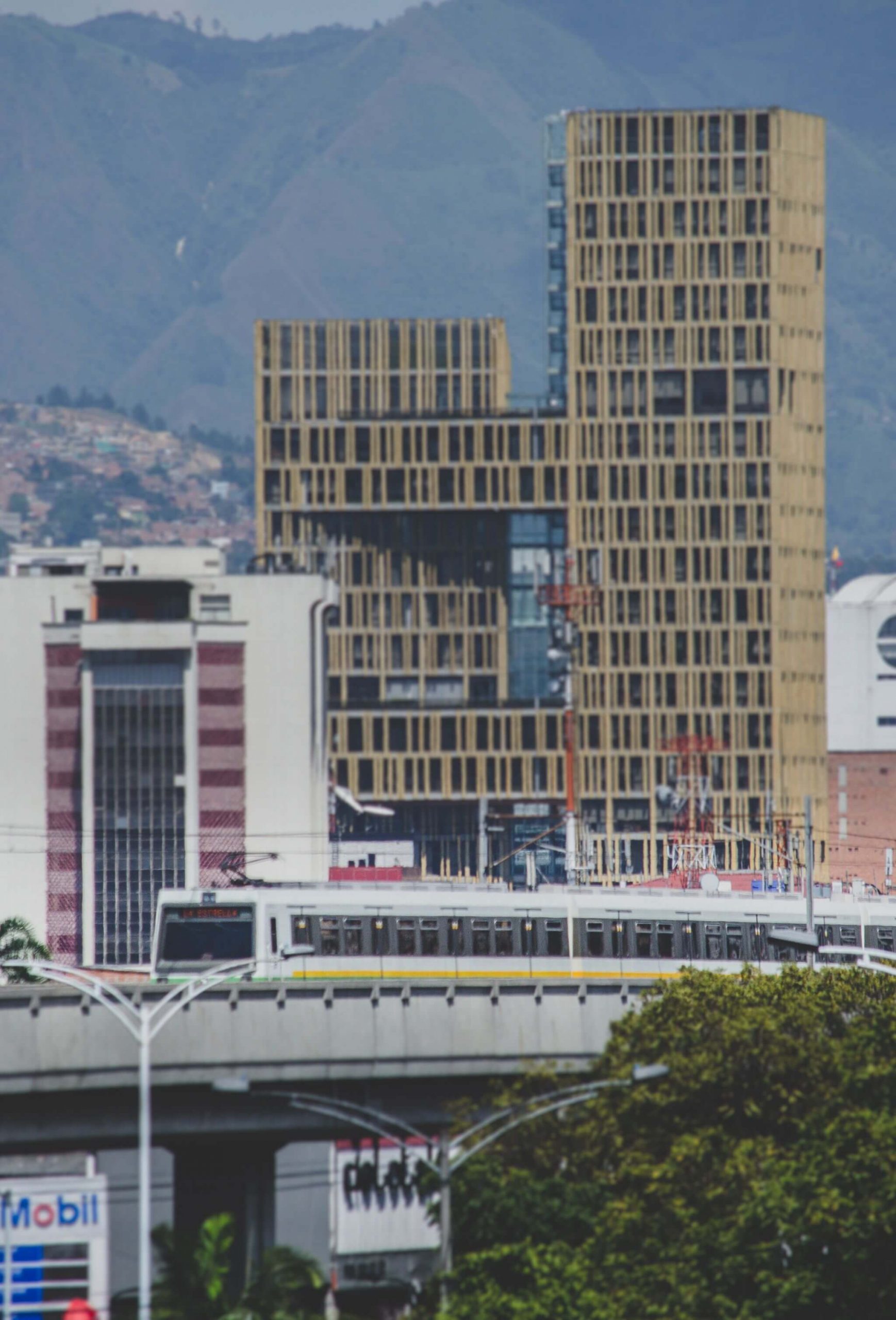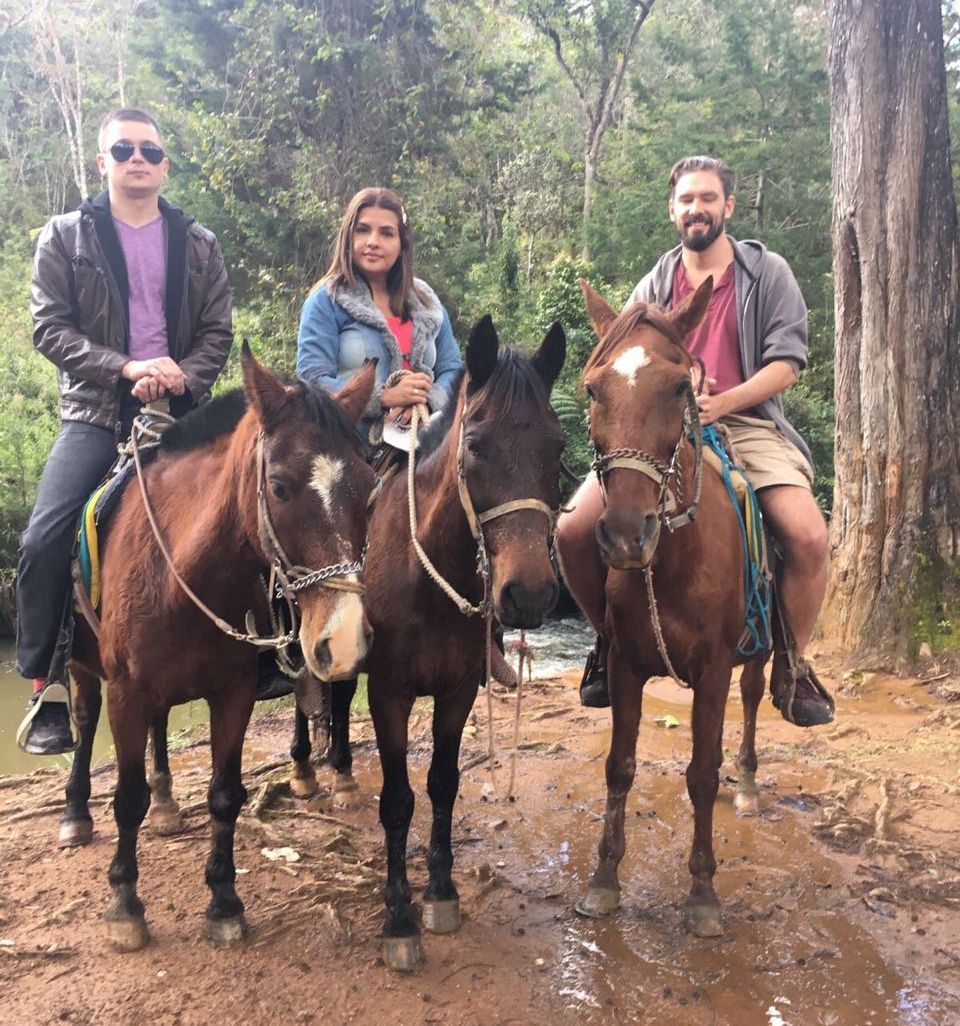And how does Medellín work? Much more modern, cleaner and safer than Bogotá. For example, I was interested in the overground and its importance to Medellín. They worship it almost to the point of reverence, the stops are polished, the carriages are free of litter and using it is just a pleasure. The elevated crosses the whole of Medellín, allowing anyone to get from any part of Medellín to the opposite part within an hour (very simplistically speaking). This seems like a given, but for the people of Medellín it is a godsend. Without the overground, they would have to travel up to maybe 4 hours by bus to work or school, which just wasn’t happening. The accessibility to jobs and education that is now there because of the elevated line helps greatly in reducing crime. Whereas in the 1990s the number of tourists in Medellín did not exceed 10,000, today it is counted in the hundreds of thousands. More tourists, more opportunities to earn a legal living, lower crime.
I also asked Oscar in Bogotá what he thought of Escobar and Narcos. He didn’t really want to talk about it either. He was about 15-18 when Escobar was killed two blocks from where his parents live. He lost a few friends to this narc. I got to thinking that Oscar had a college degree and was an architect…I assumed all that blood and snow history was more about the lower classes living in the slums. Apparently not.



